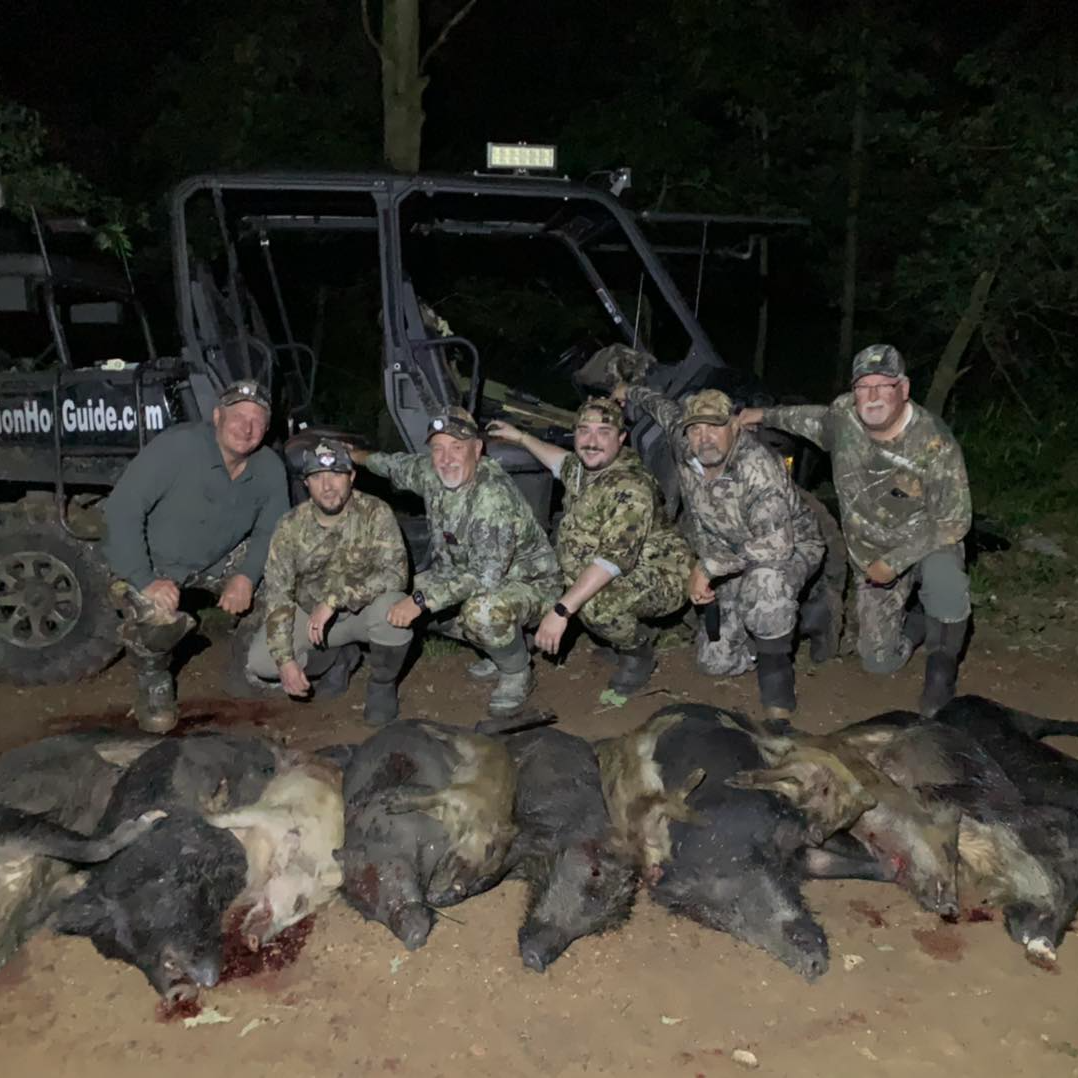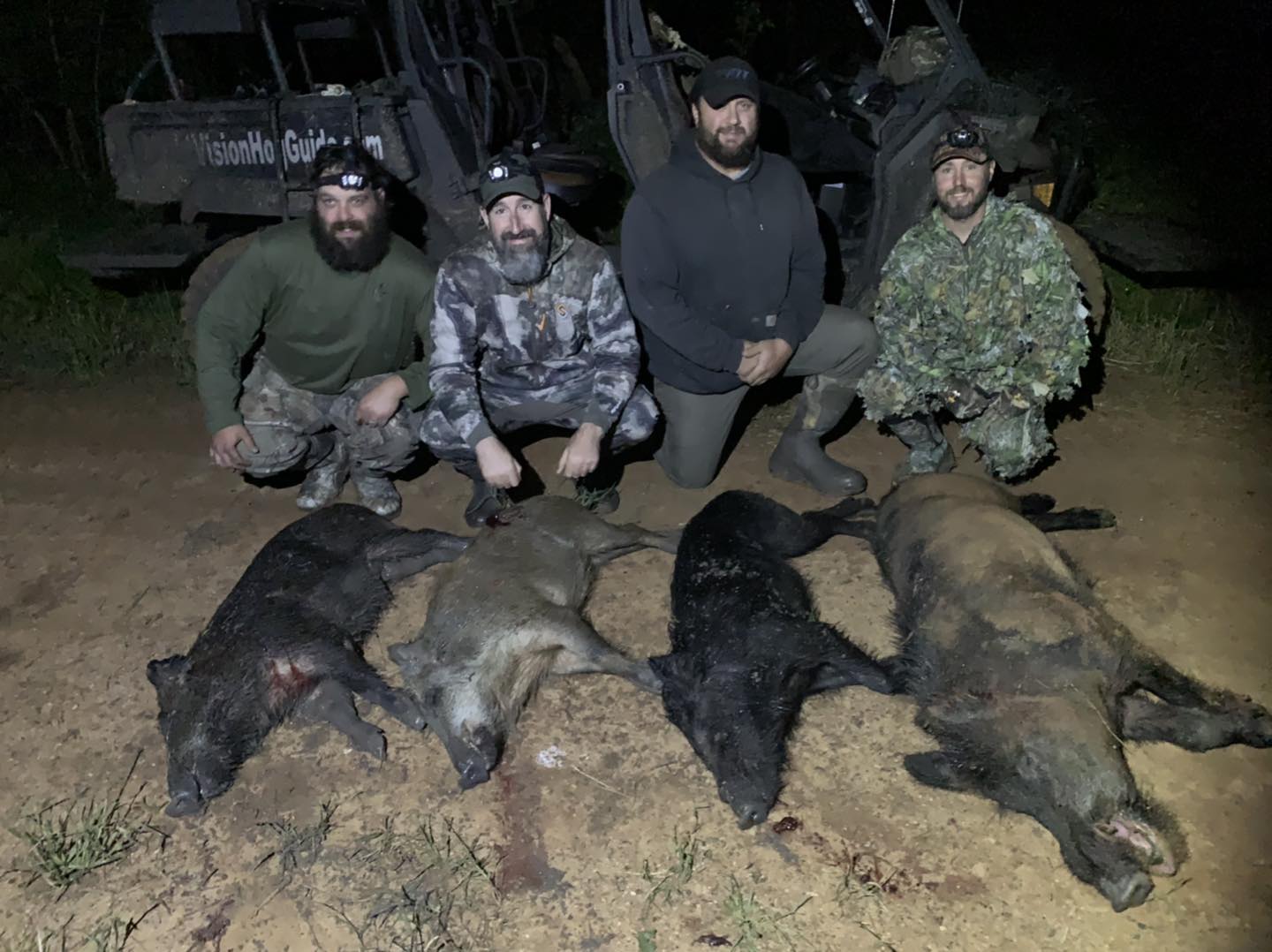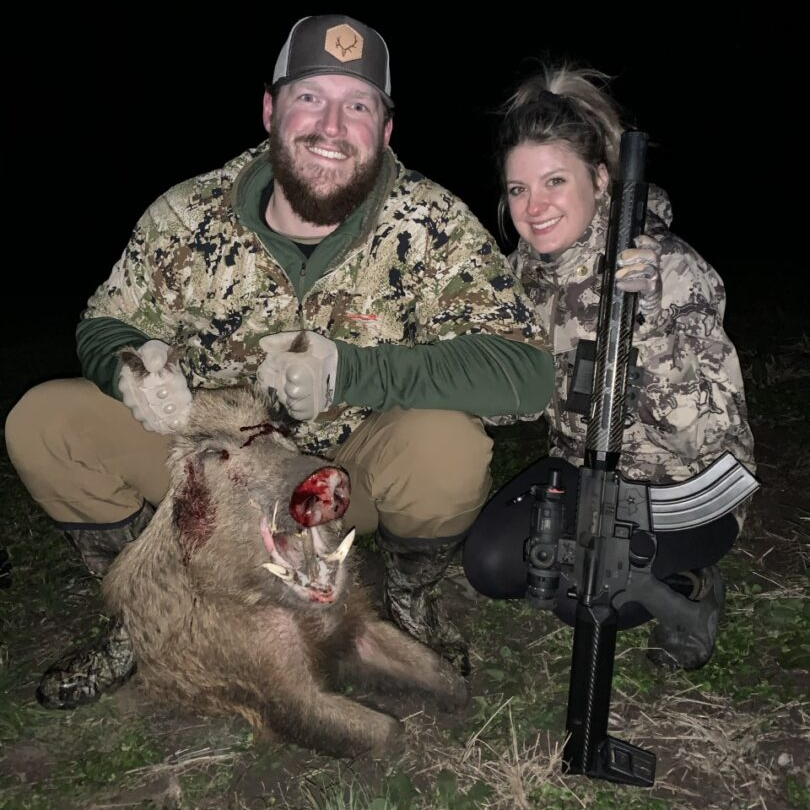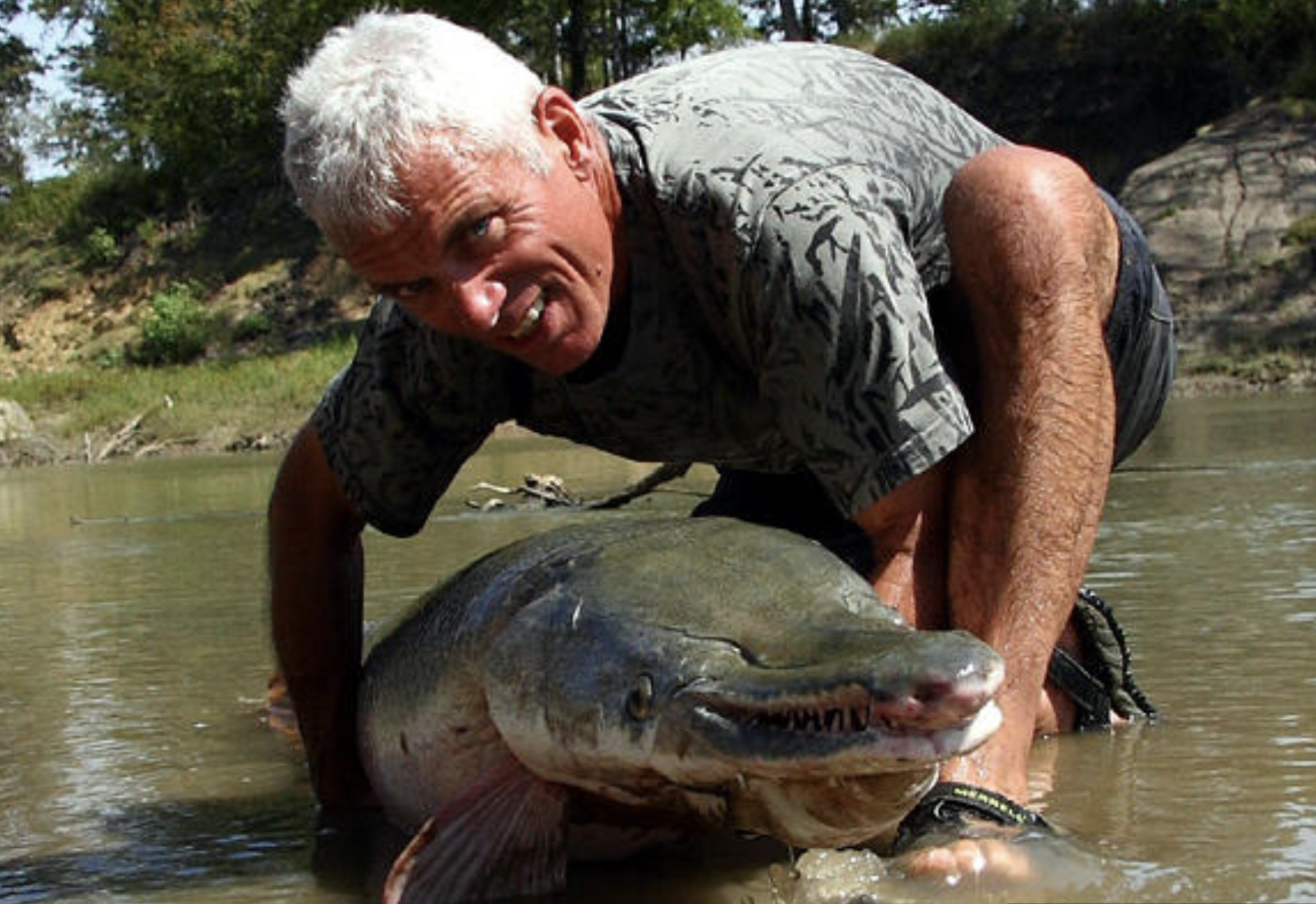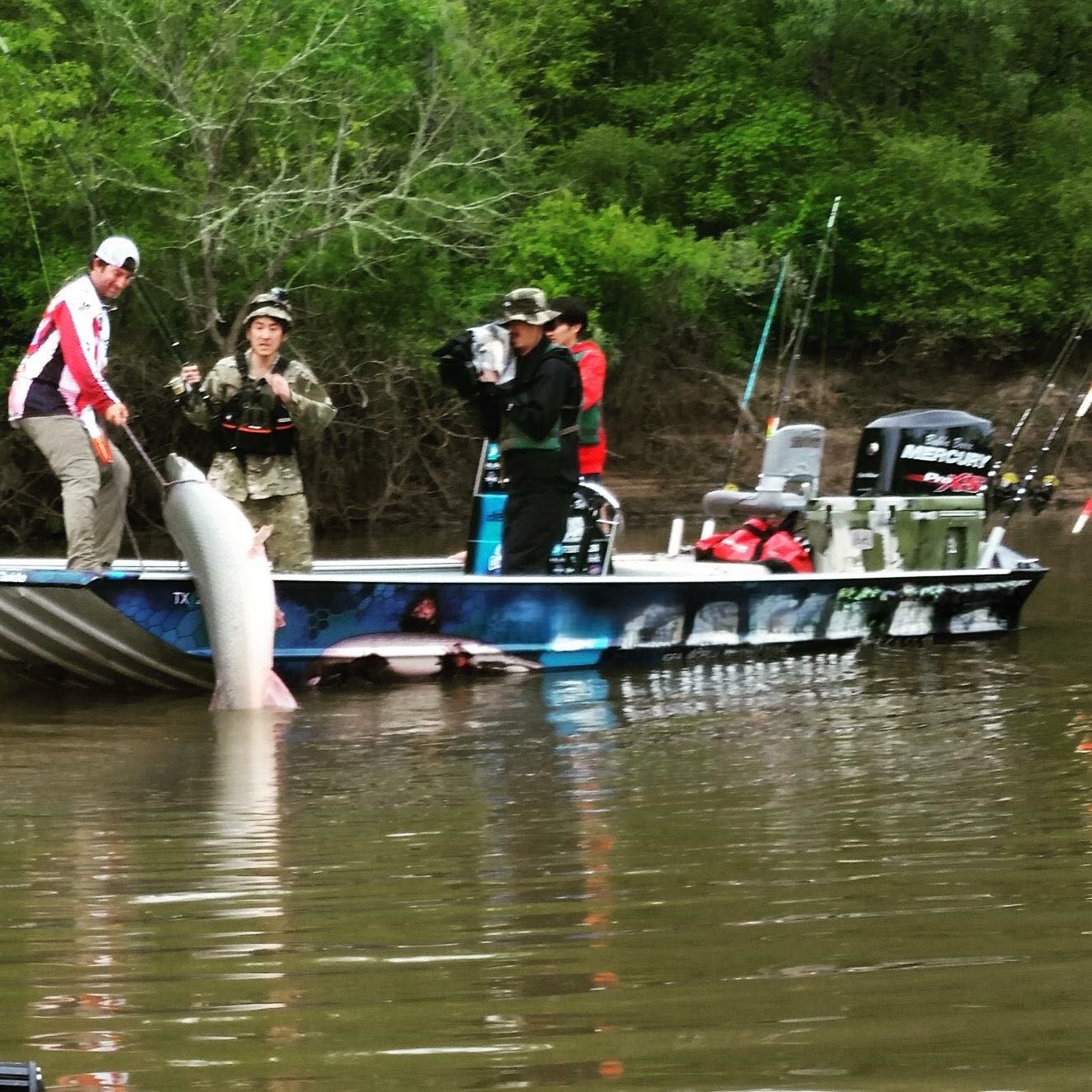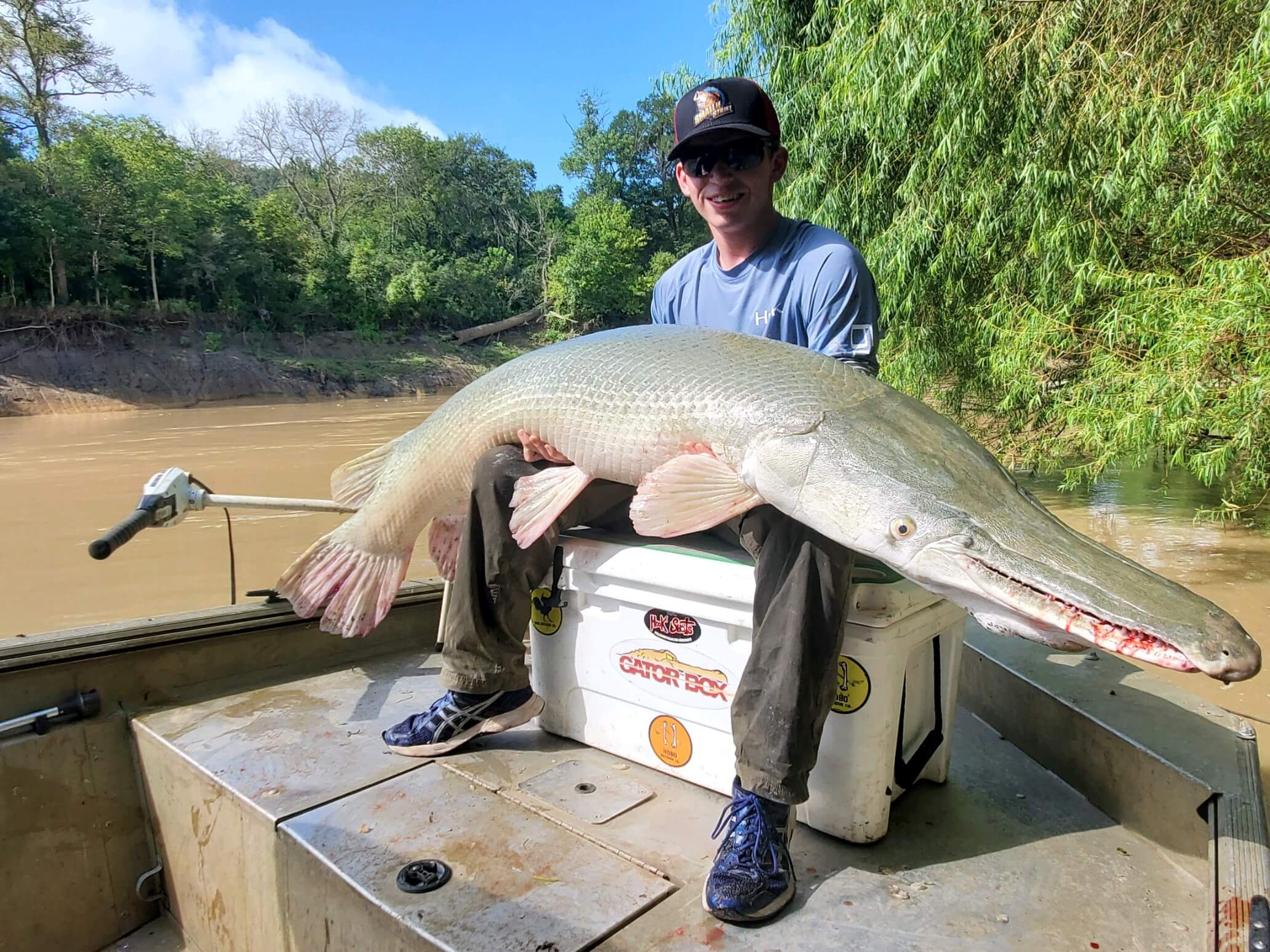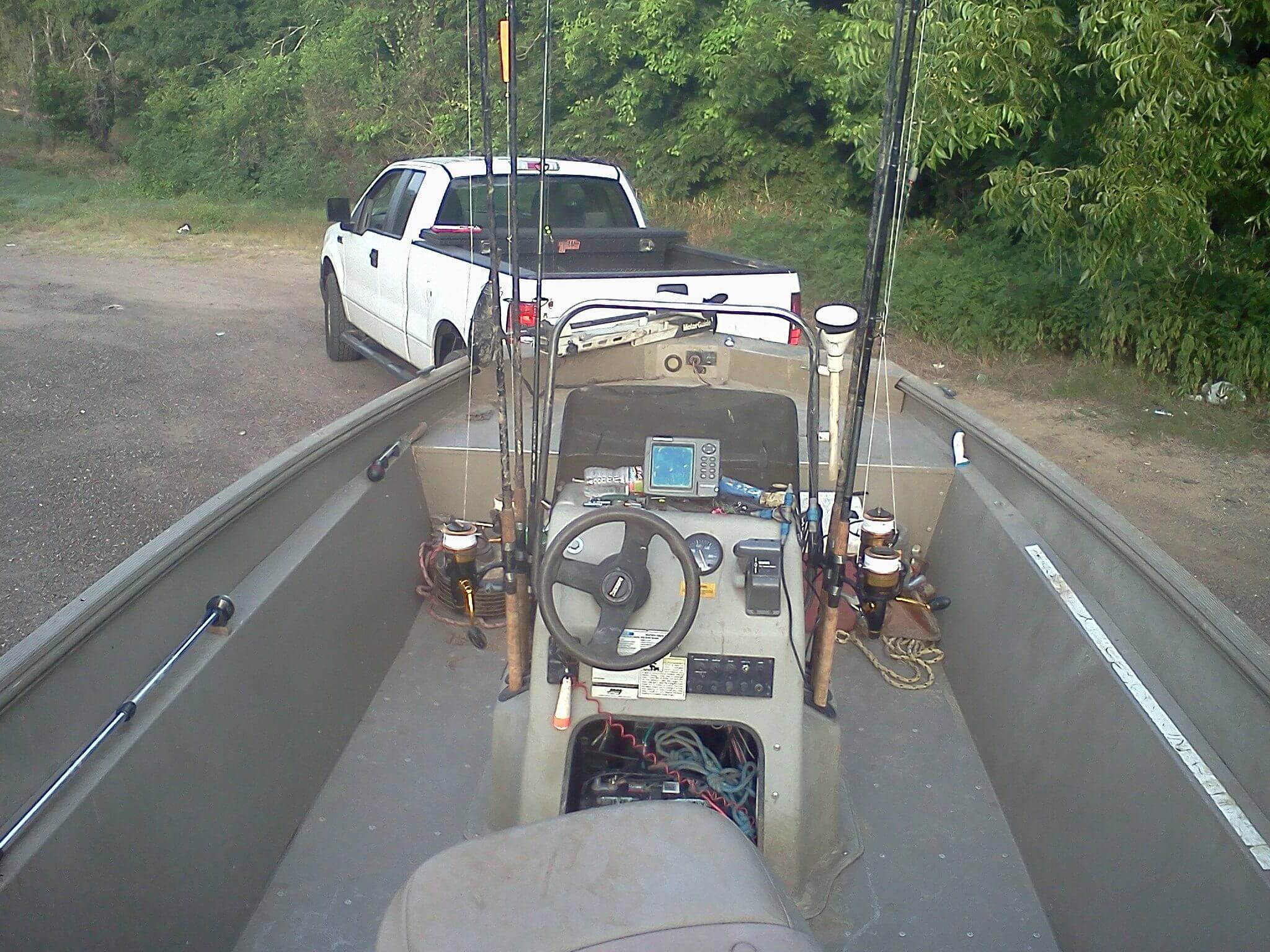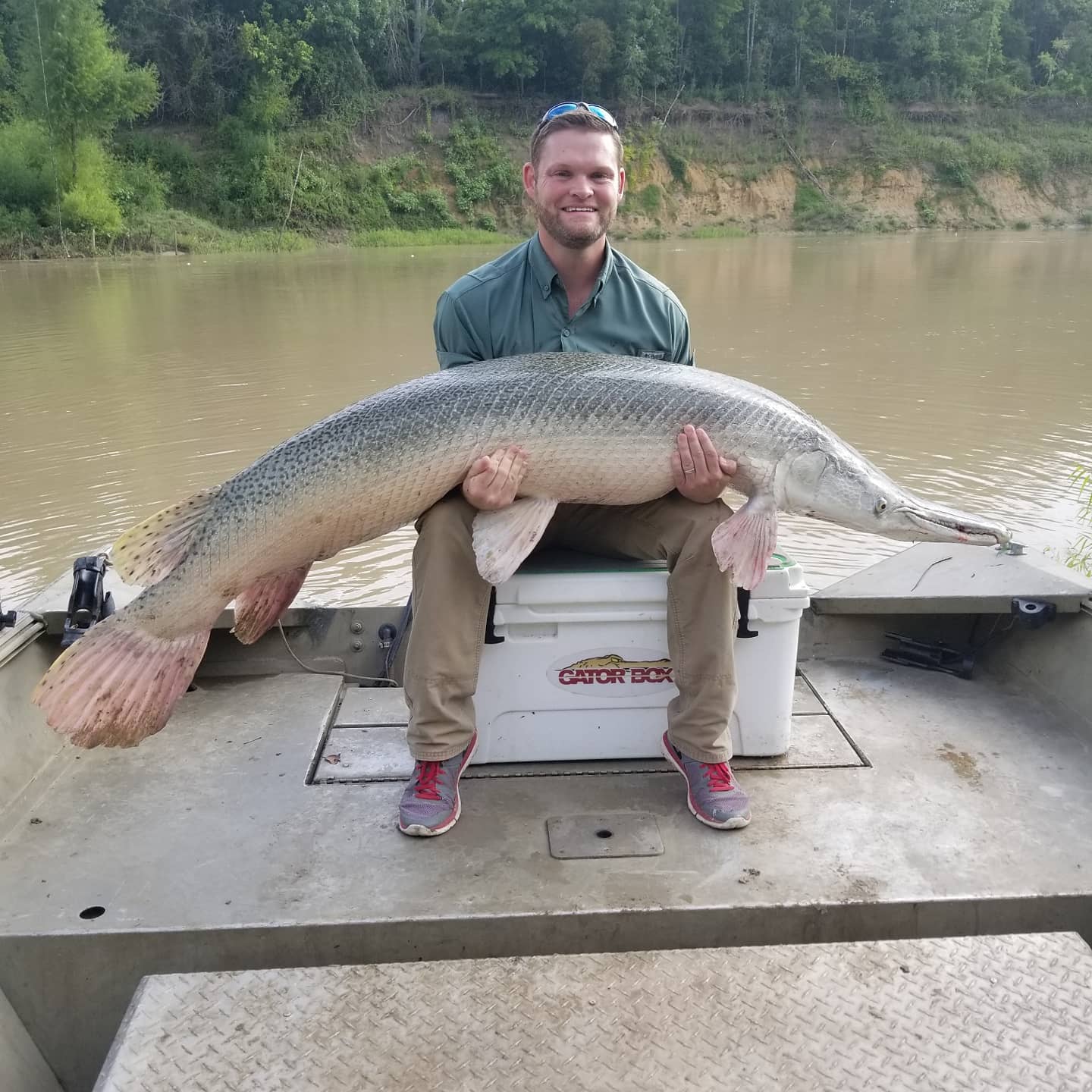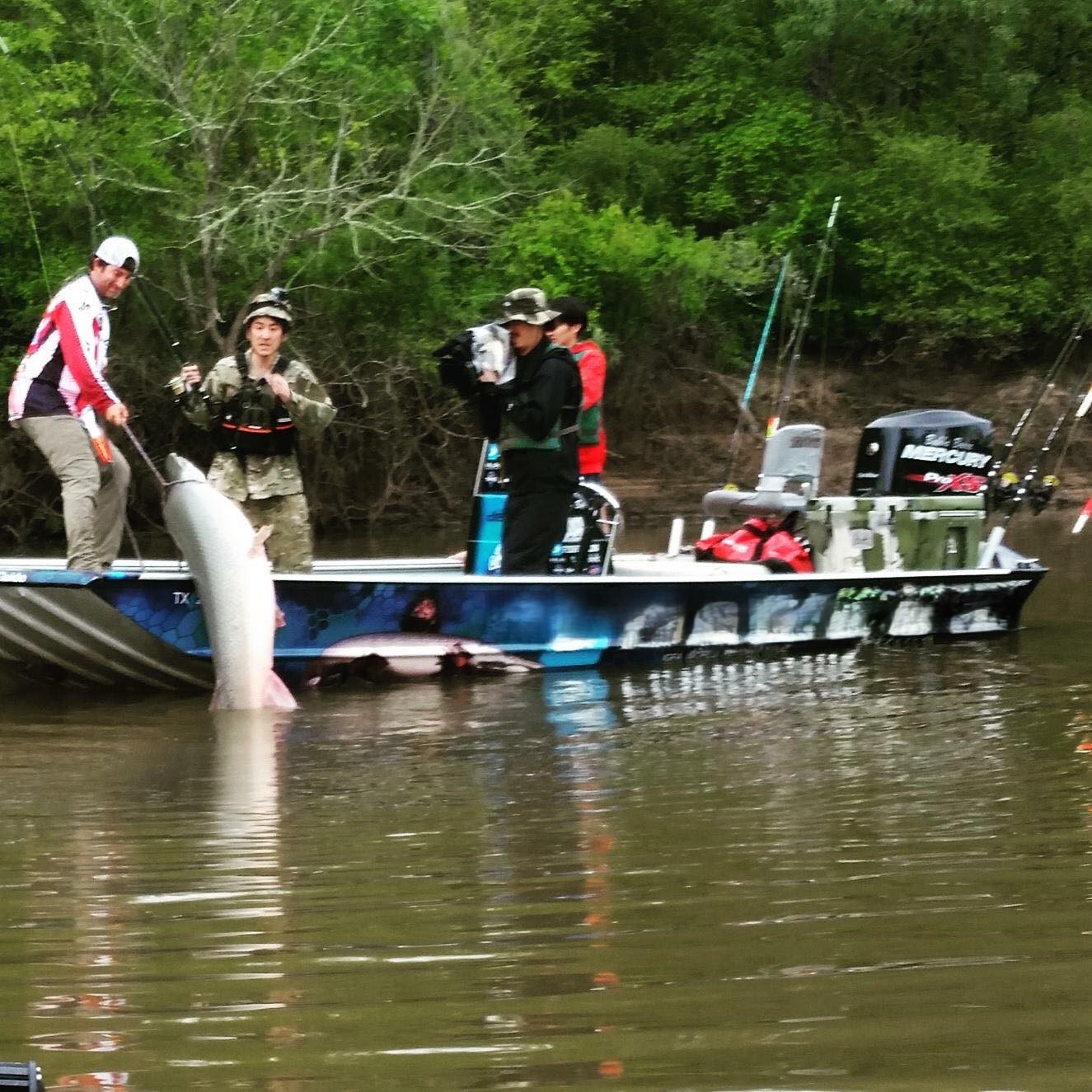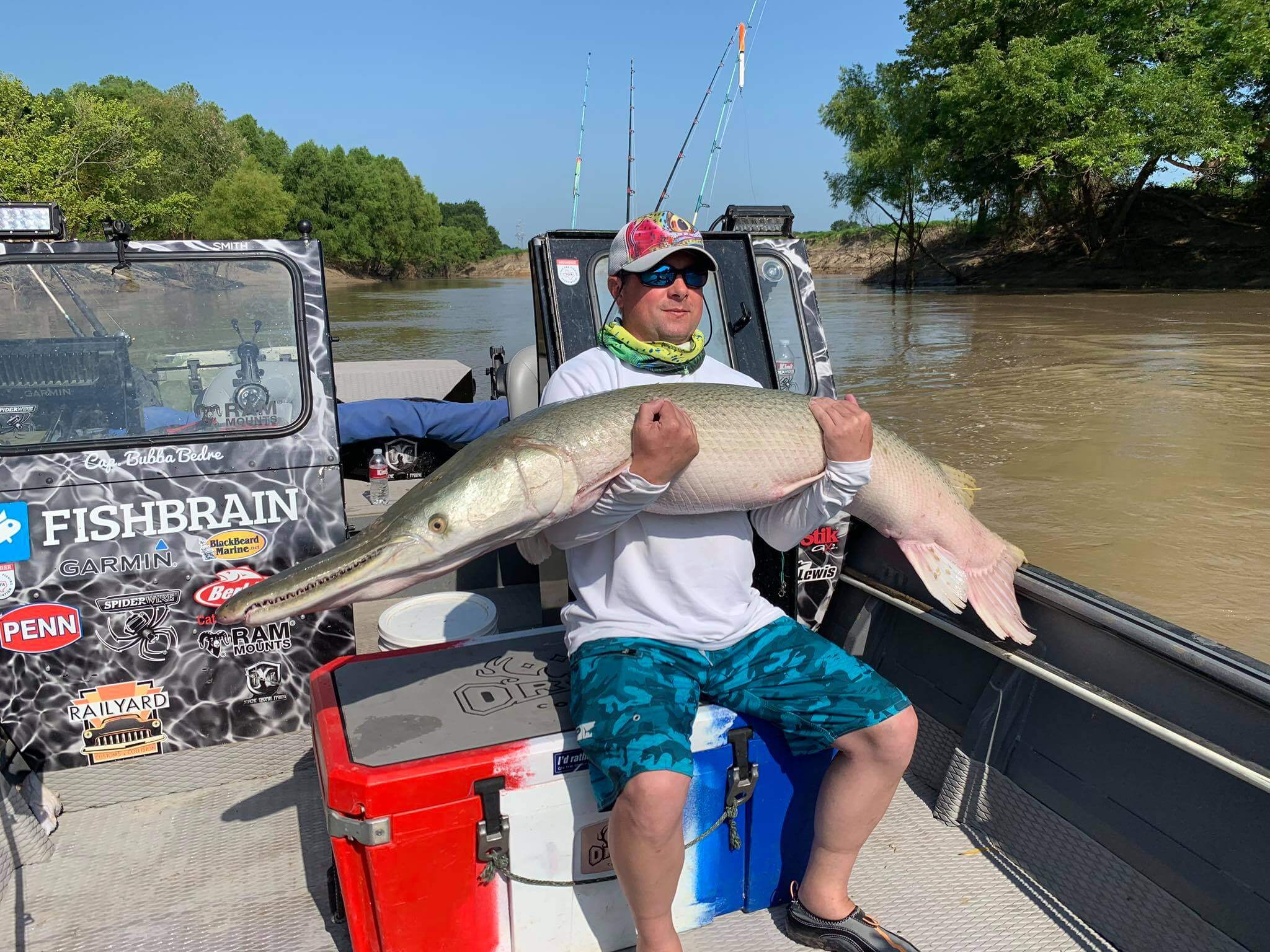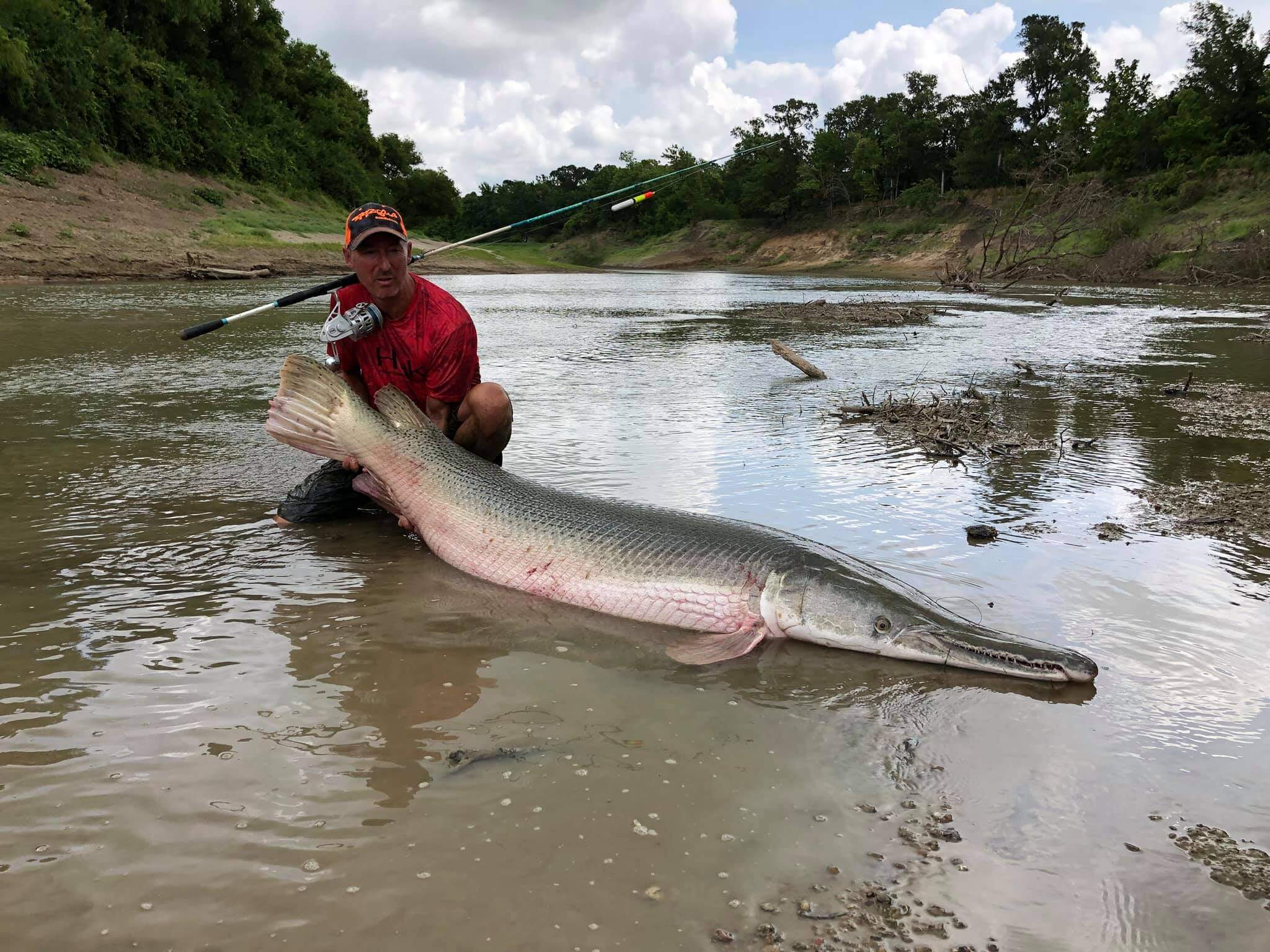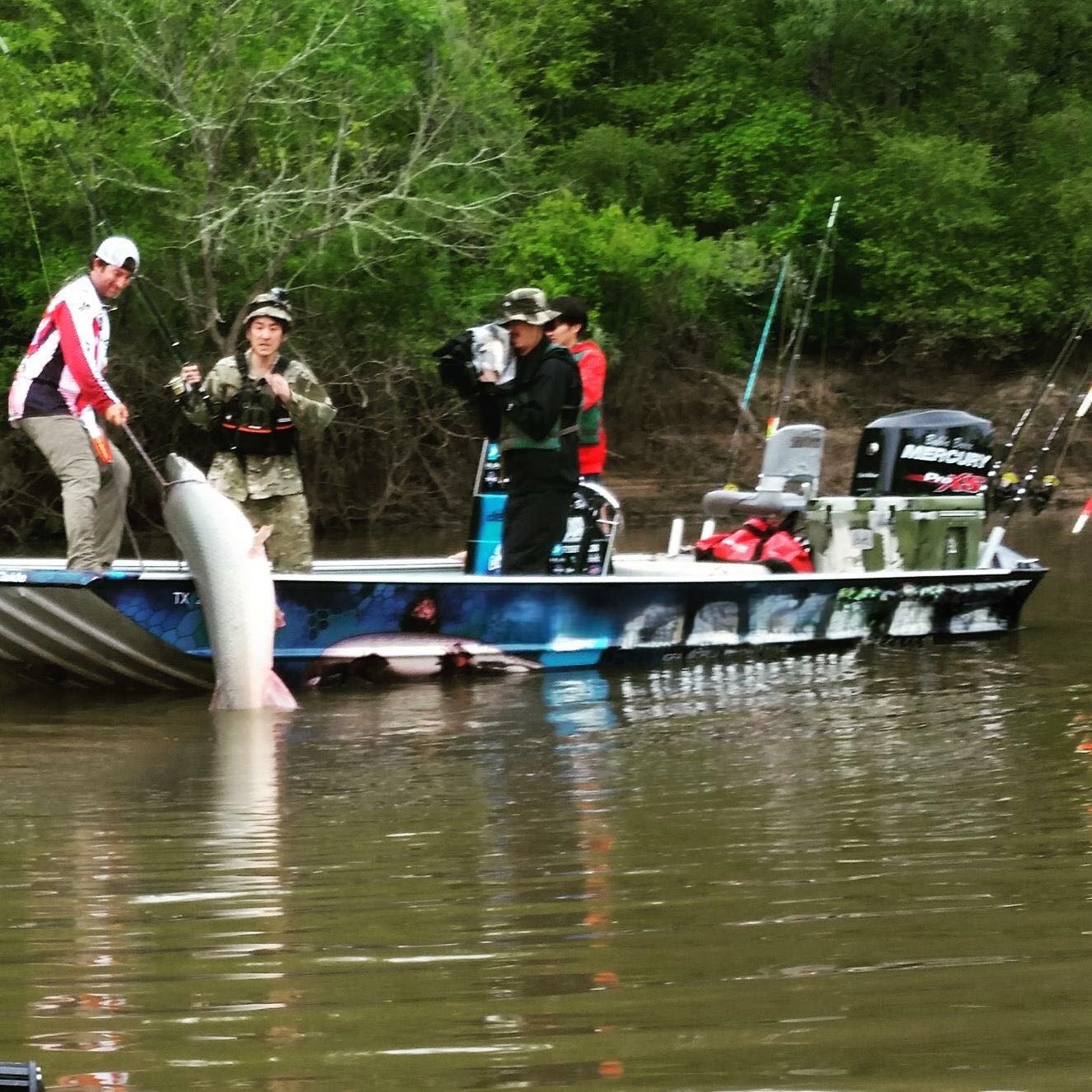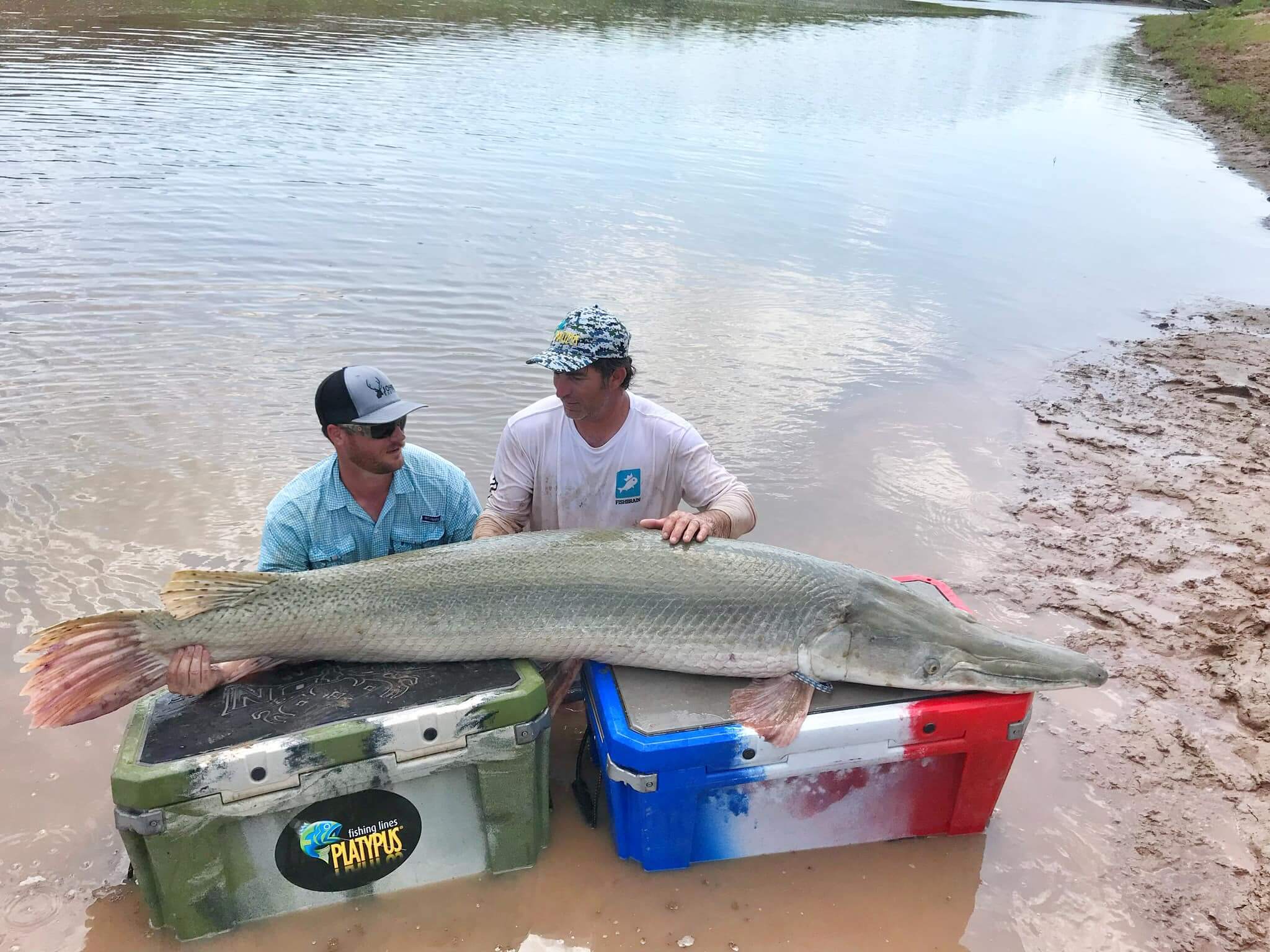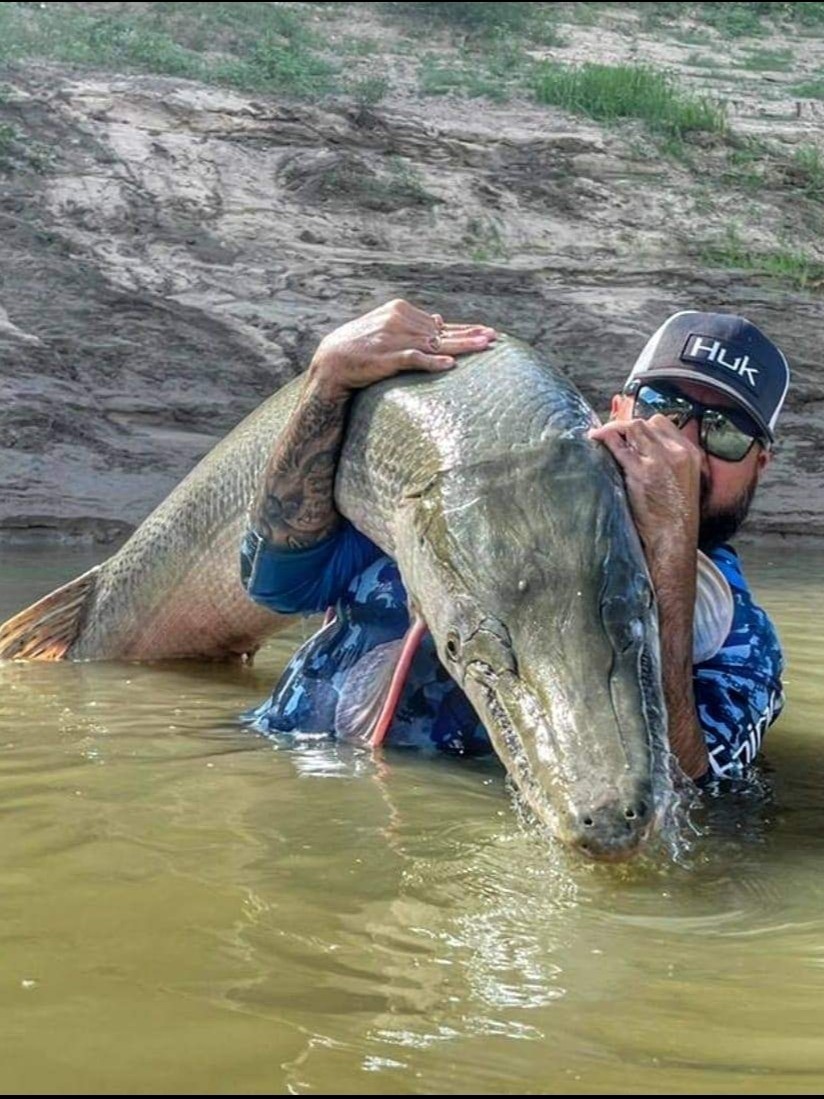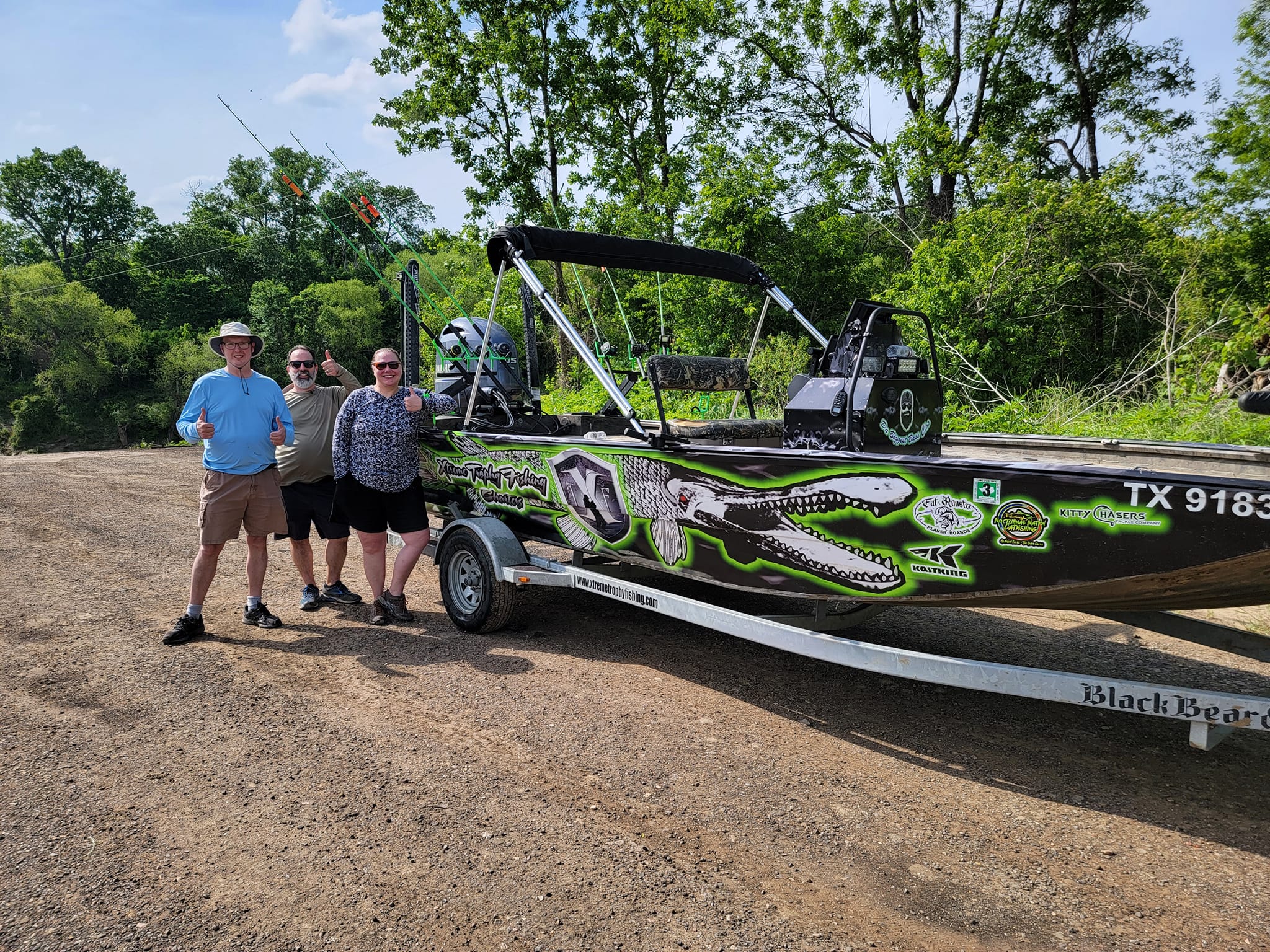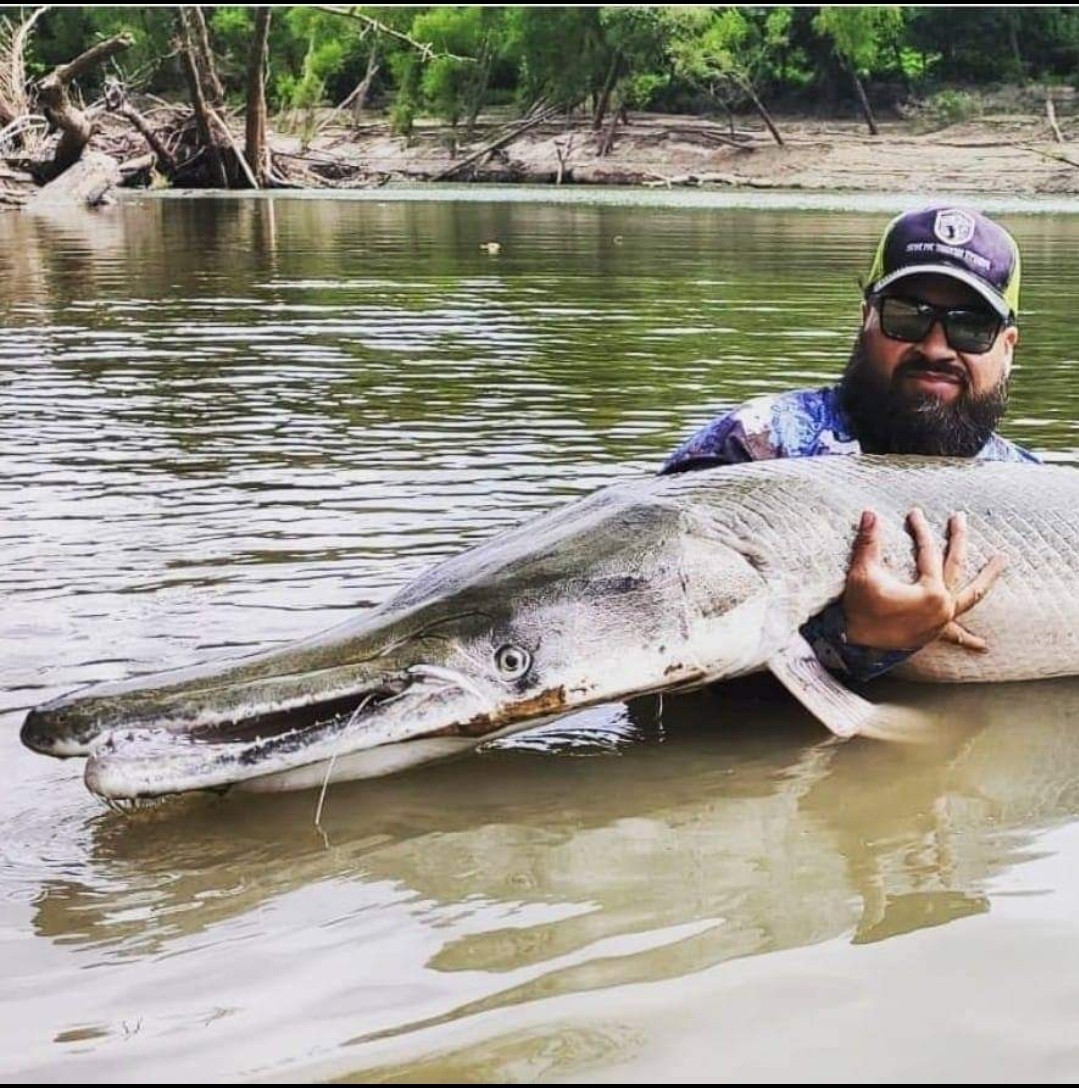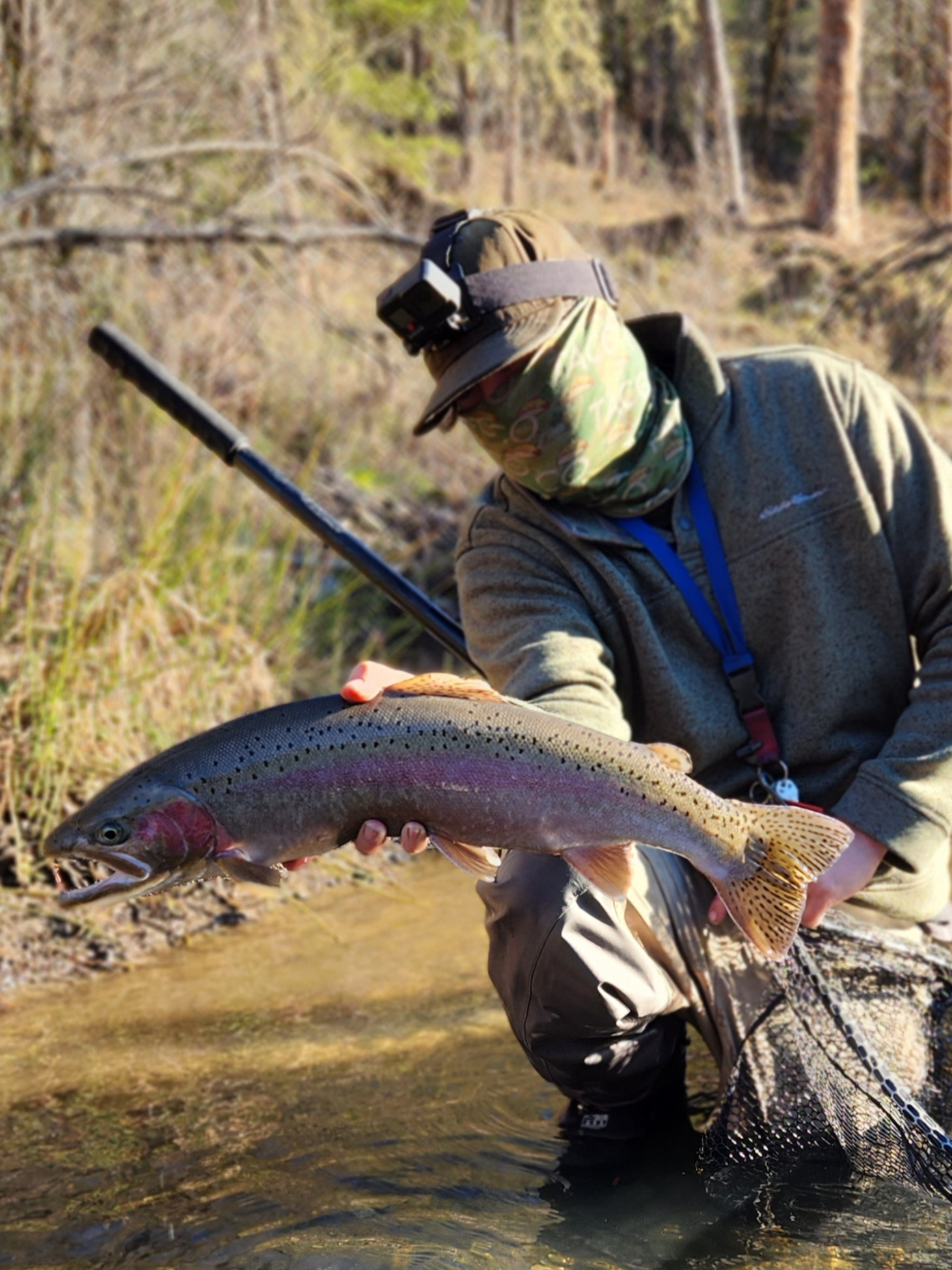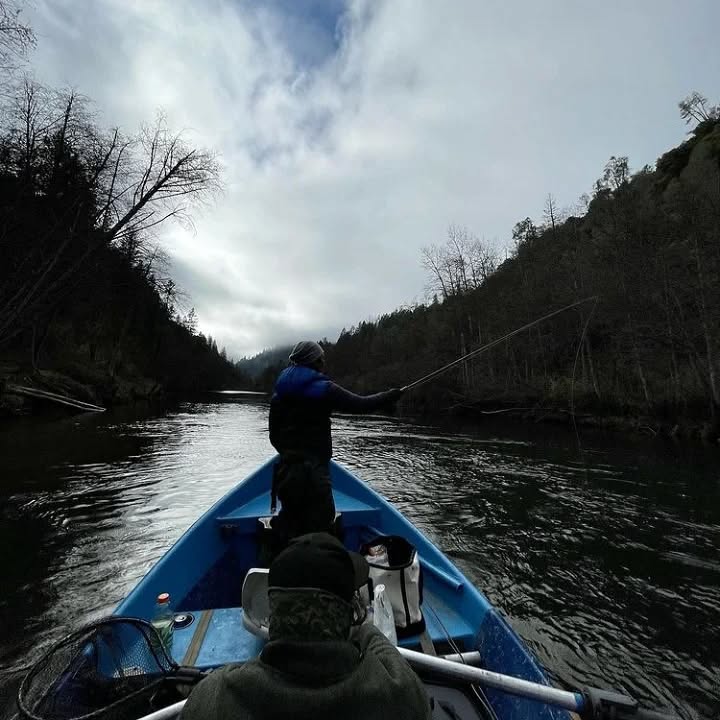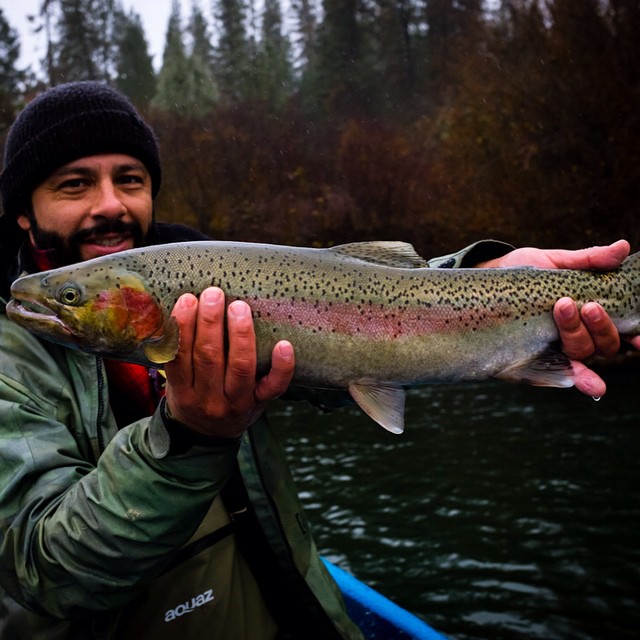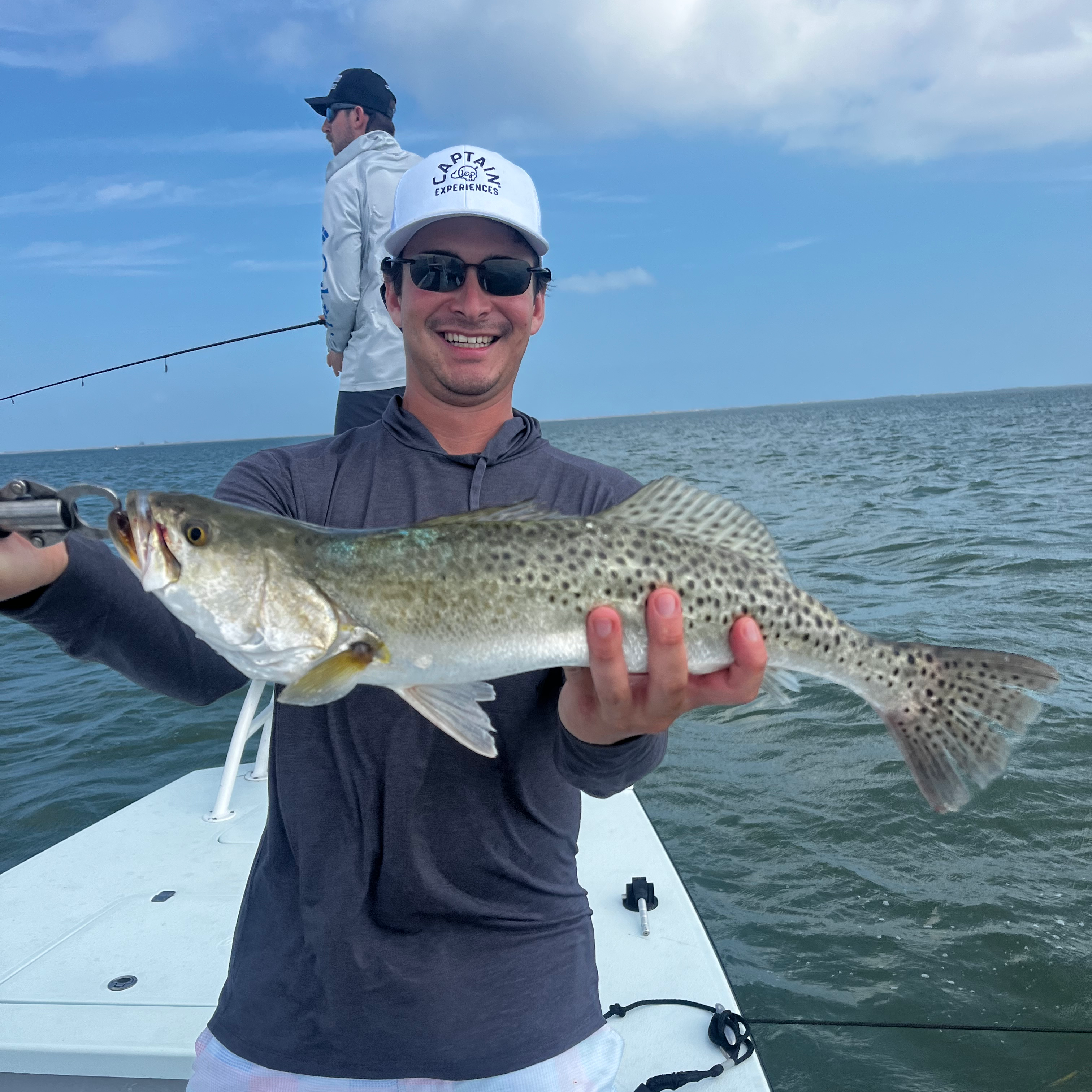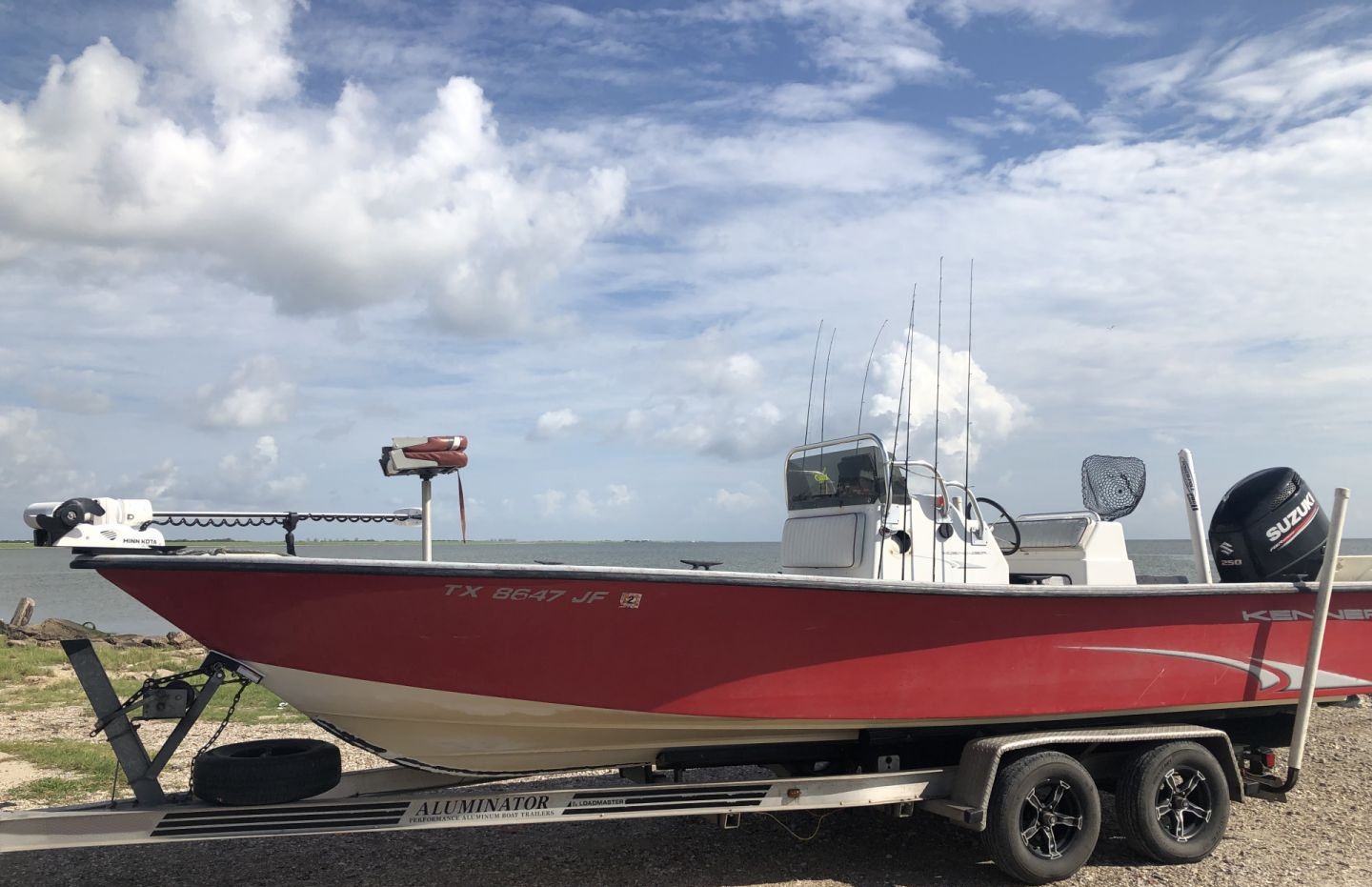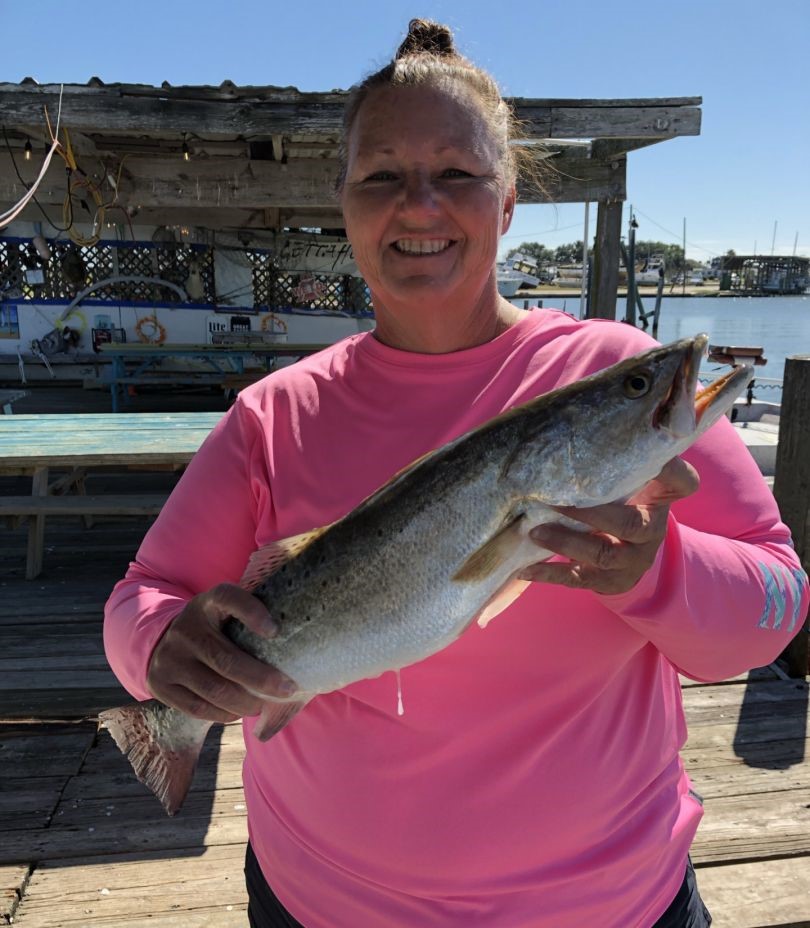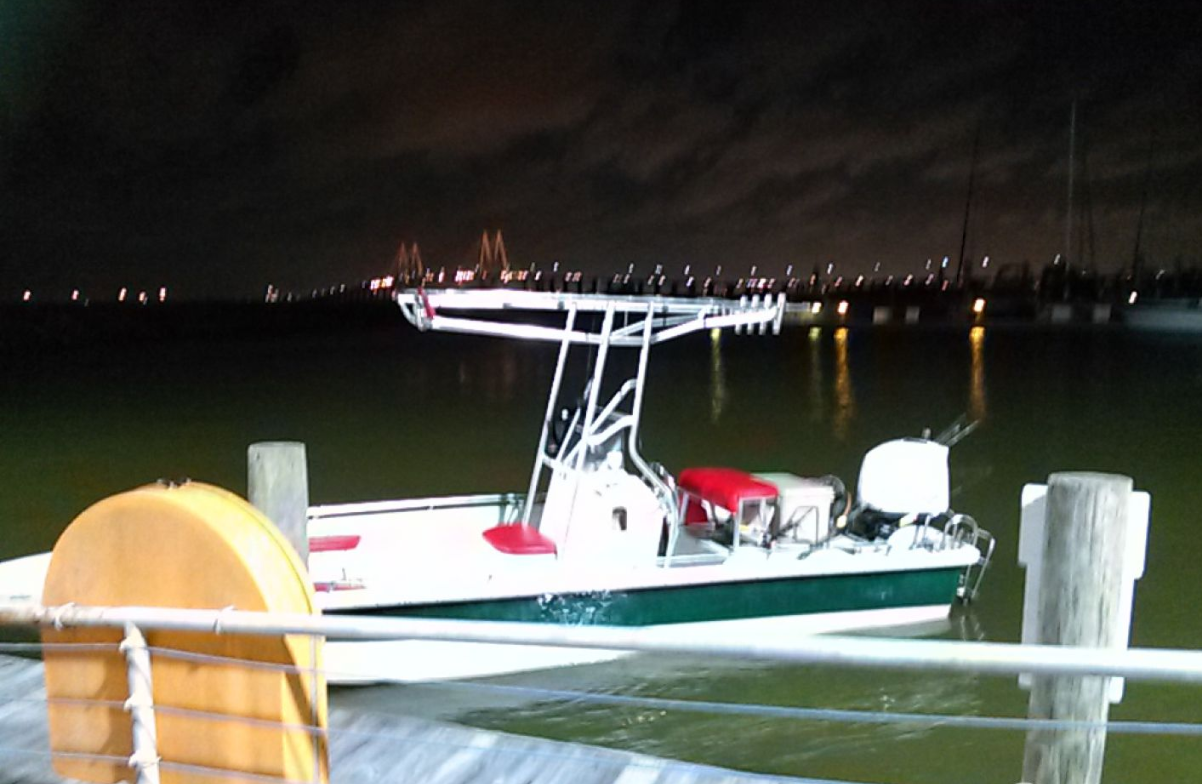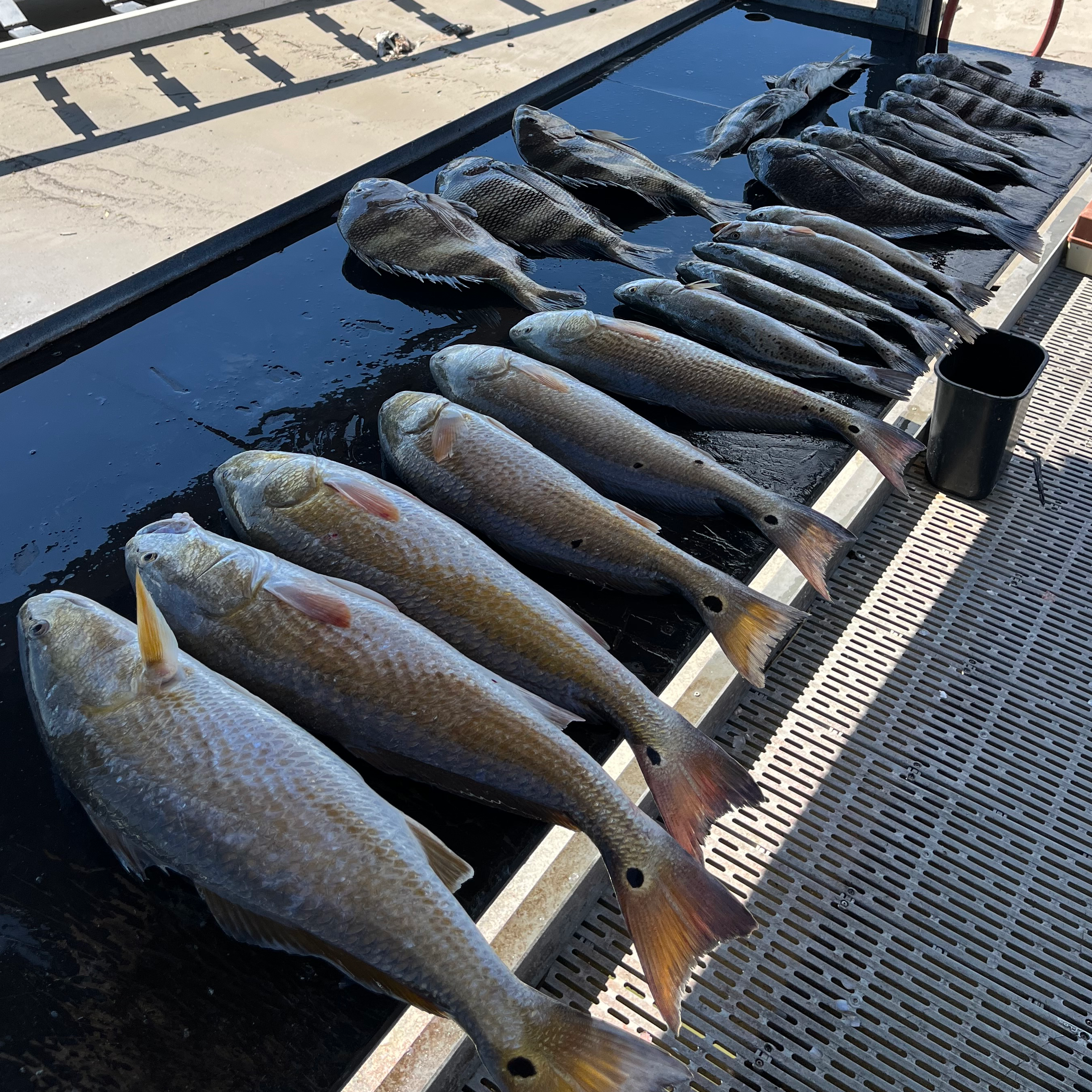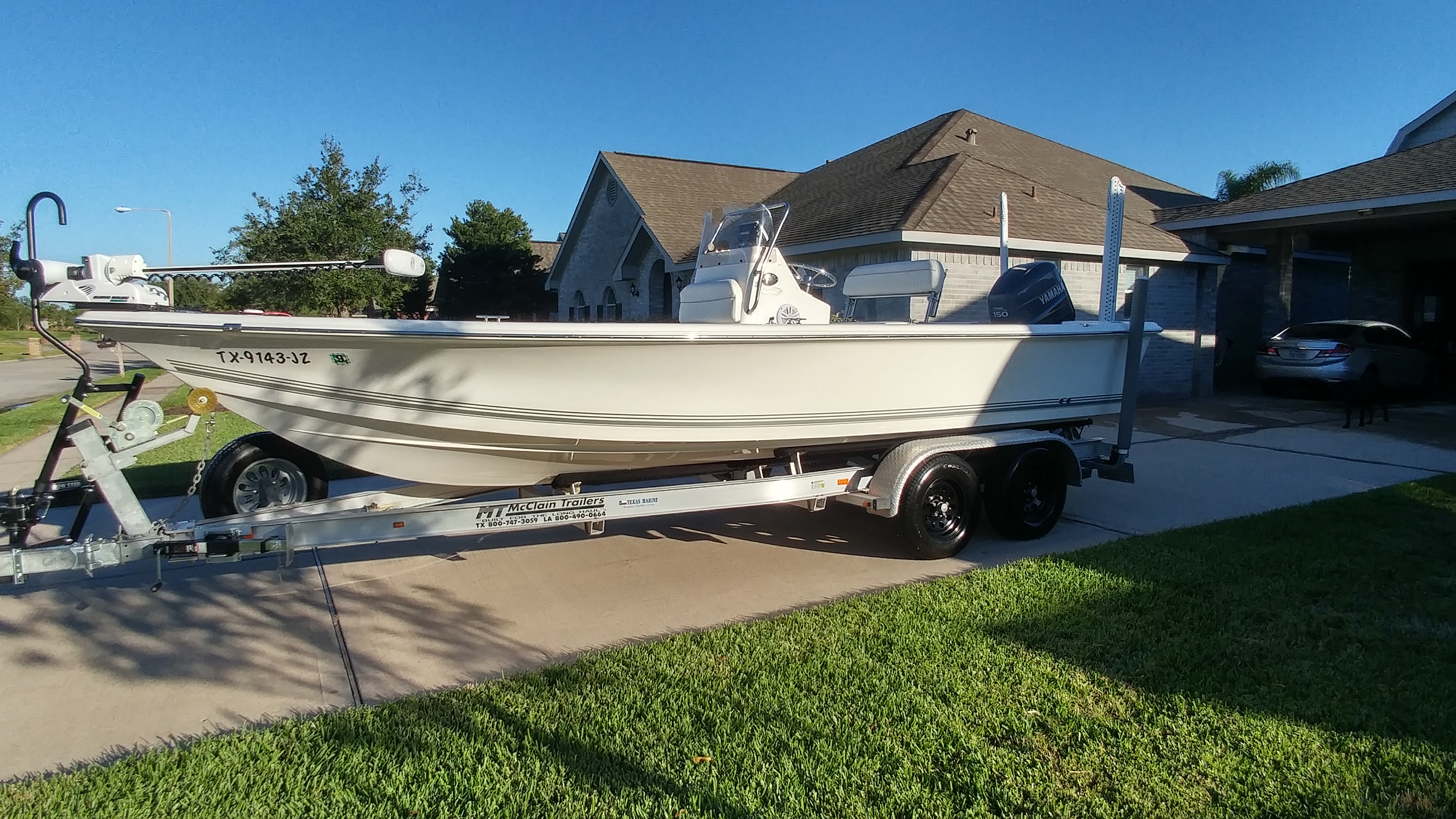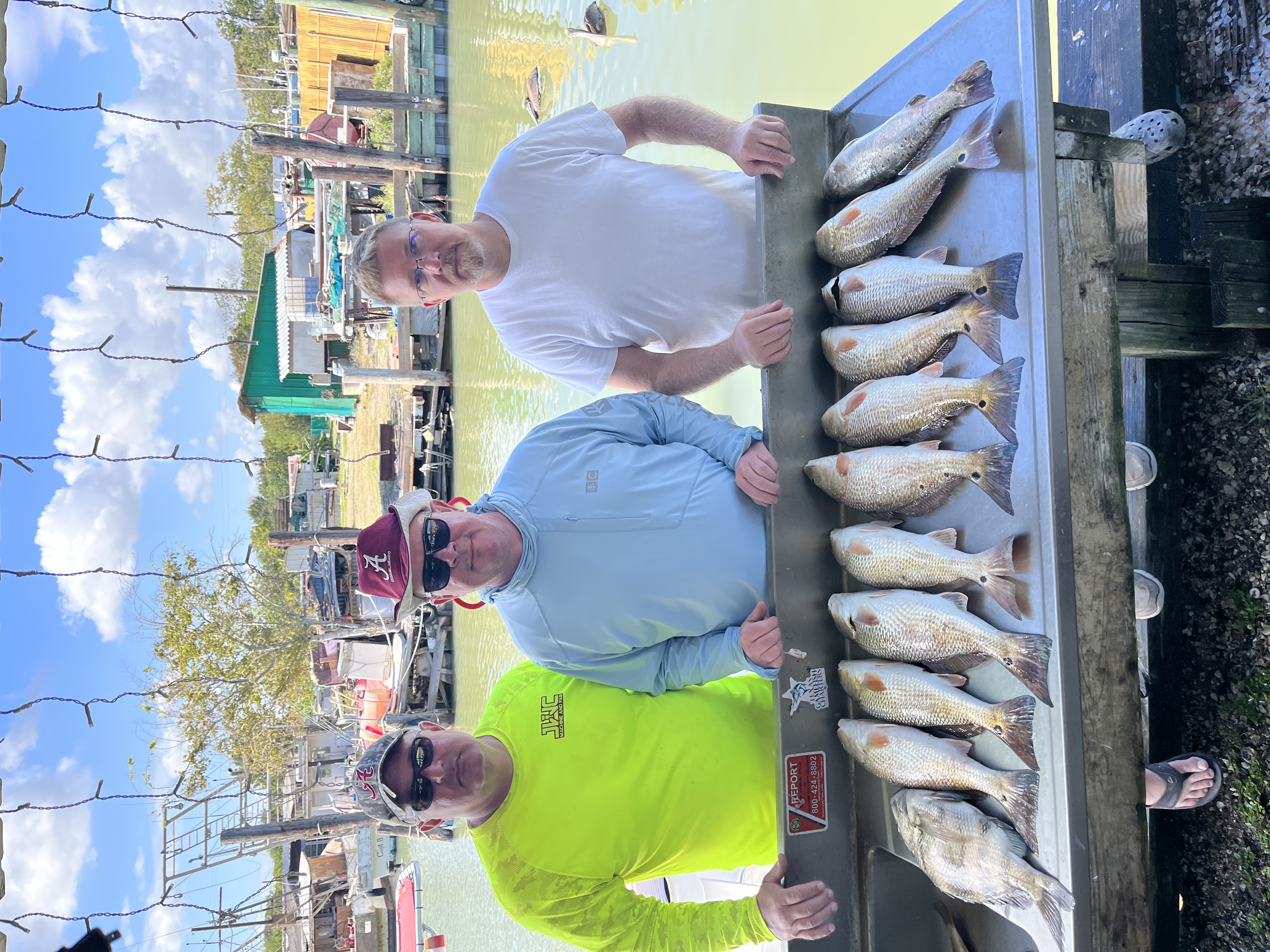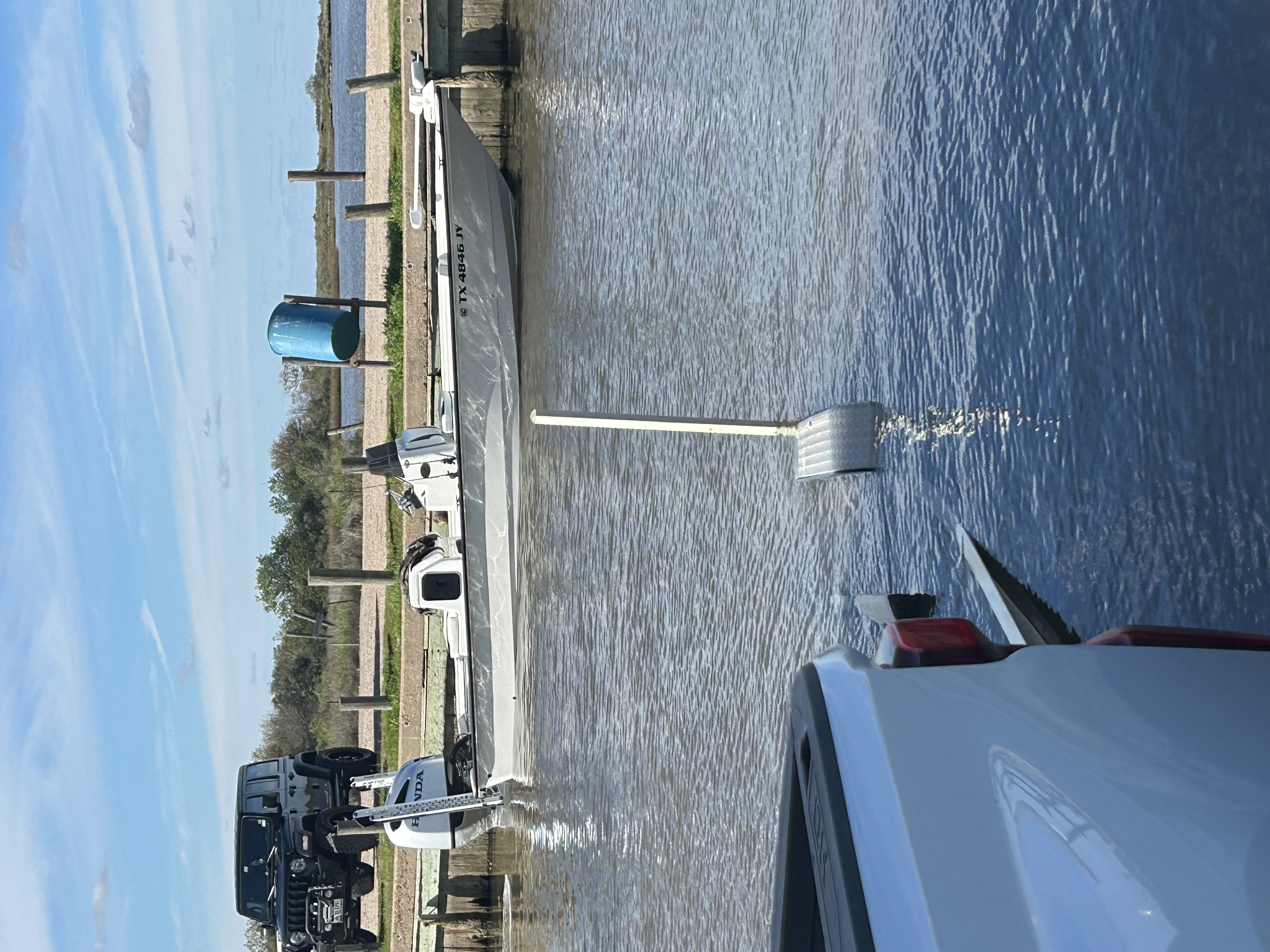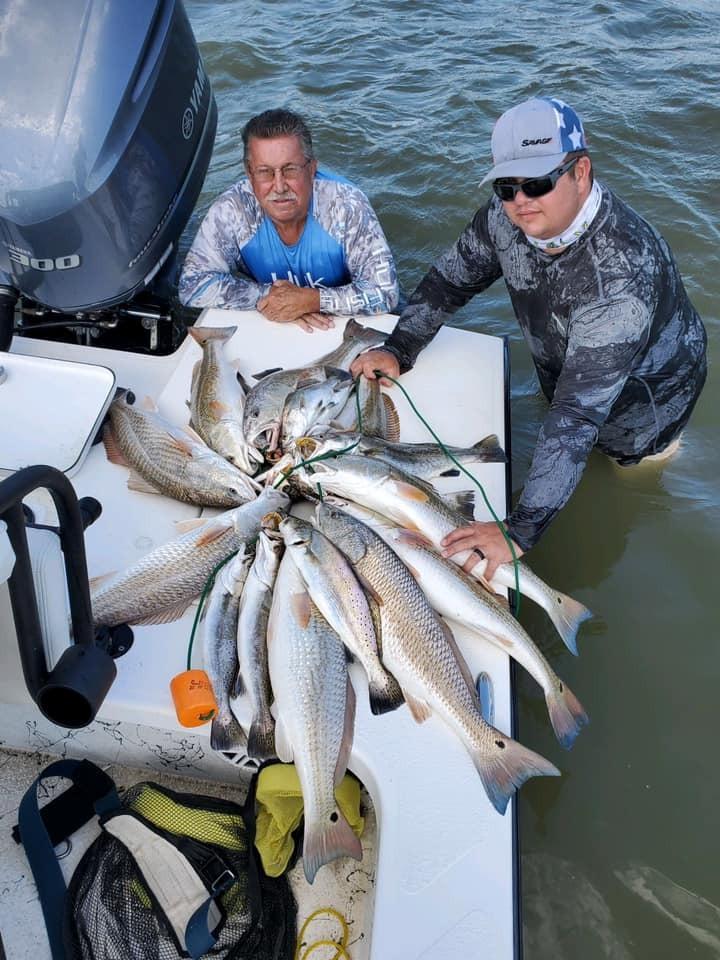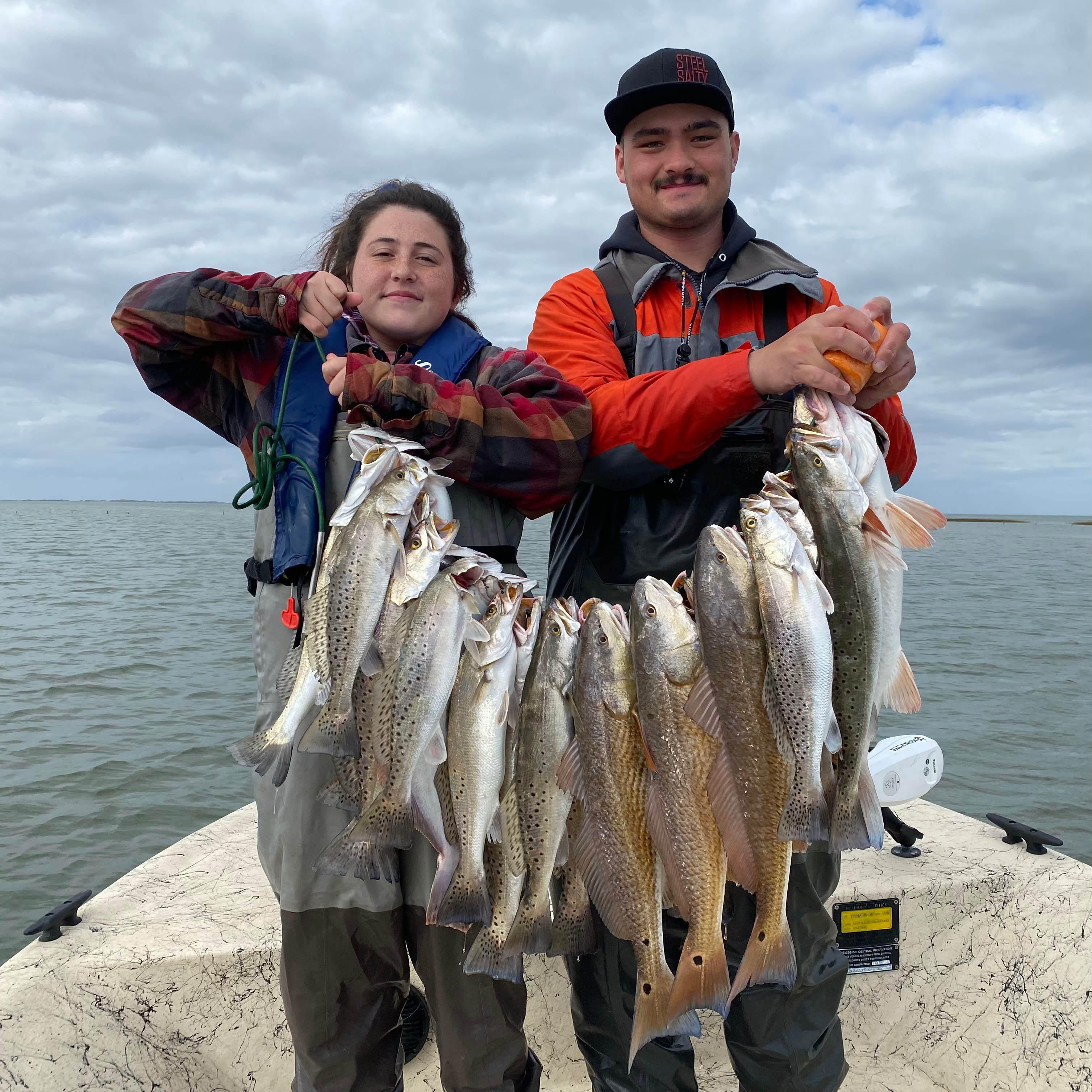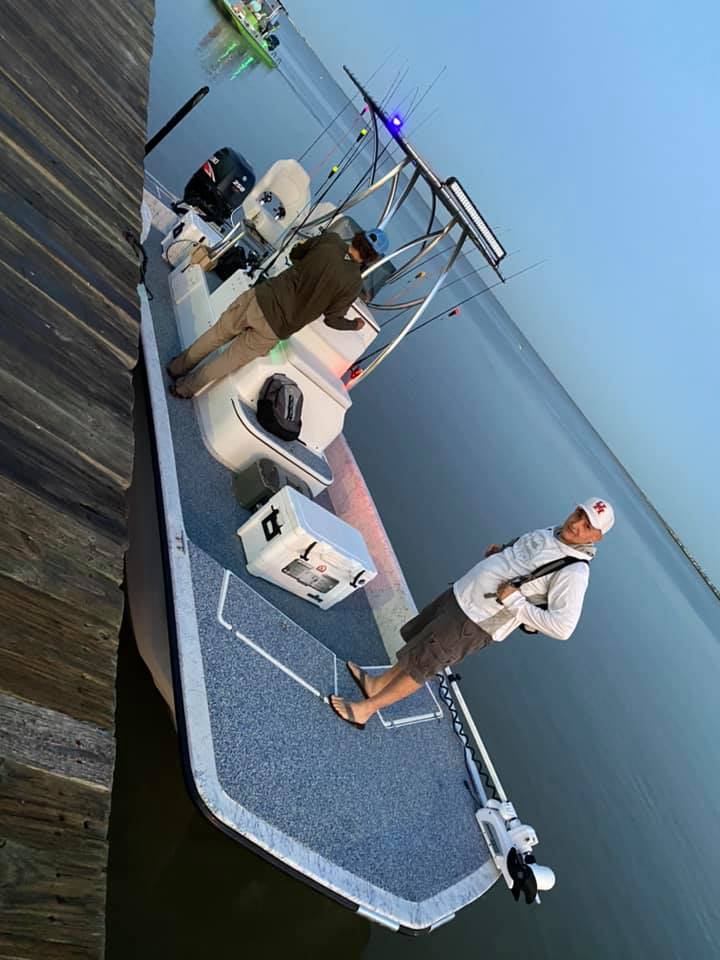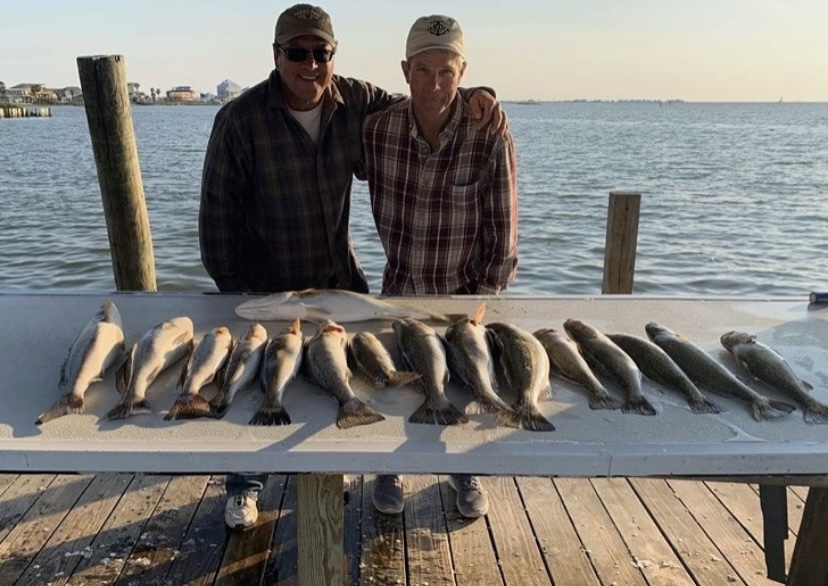Damn Good Guides
Experts Available 24/7
100% Weather Guarantee
Recently Booked Invasive Species Hunting Guides In The Trinity River
Invasive Species Hunting in Long Lake
Eradication Hog Hunt
Invasive Species Hunting in Long Lake
Texas Thermal Hog Hunt
“Our Damn Good Guides go above and beyond, and we’ve handpicked every single one. We’re passionate about the outdoors and look forward to getting you out on the trip of a lifetime, every time.”
Jonathan and Attison | Co-founders | Austin, Texas
Other Captain Experiences Trips in the Trinity River
Garzilla Gar Fishing Near Palestine
Gar Fishing Trip
Texas Alligator Gar Classic
River, Lake Fishing in Huntsville
Alligator Gar Fishing Near Houston
Giant Alligator Gar Adventure
Trinity River Drift
Great Inshore Fishing
Inshore, Jetty Fishing in Texas City
Bay And Jetty Trips
Inshore, Flats Fishing in Baytown
Winter Fishing Special
San Leon Bay Fishing
Galveston Bay Grab Bag
Inshore, Flats Fishing in Texas City
Texas City Wade Trip
Need a Place to Stay?
Everything to Know About Booking a hunting trip in the Trinity River
What are the best invasive species hunting trips in the Trinity River?
The best invasive species hunting trips in the Trinity River are:
What is invasive species hunting in Trinity River all about?
Invasive species hunting along the Trinity River in Texas involves efforts to manage and control non-native species that threaten the river's ecosystem and native wildlife. The Trinity River, known for its diverse habitats including wetlands, forests, and floodplains, faces challenges from invasive species such as feral hogs, nutria, and invasive plants like giant salvinia and hydrilla. These species can outcompete native plants and animals, disrupt natural habitats, and impact water quality, prompting conservation efforts to mitigate their effects.
Hunting invasive species along the Trinity River often utilizes specialized techniques tailored to each species' behavior and habitat preferences. Feral hogs, for example, are prolific and destructive to the river's riparian areas, requiring methods such as trapping, baiting, and sometimes hunting with trained dogs to manage their populations. Nutria, aquatic rodents that damage wetland vegetation, are targeted through trapping programs aimed at reducing their numbers and preventing further habitat degradation.
Invasive plants like giant salvinia and hydrilla are managed through mechanical removal, herbicide treatments, and biological control measures where applicable. These efforts are crucial to maintain the ecological balance of the Trinity River's ecosystem, ensuring the survival of native plants and animals. Public awareness and participation play significant roles in invasive species hunting along the Trinity River, with collaborative efforts between wildlife agencies, hunters, and local communities aimed at preserving the river's natural resources for future generations.
What are the most popular months to go invasive species hunting in Trinity River?
Invasive species hunting seasons along the Trinity River in Texas are typically year-round, reflecting the ongoing need to manage and control non-native species that threaten the river's biodiversity and ecosystem health. The Trinity River watershed faces challenges from invasive species such as feral hogs, nutria, and various invasive plants, which can disrupt native habitats and outcompete local flora and fauna. These hunting seasons are managed under regulations set by the Texas Parks and Wildlife Department (TPWD) and local authorities to ensure effective conservation and wildlife management practices.
Hunting seasons for invasive species like feral hogs are designed to coincide with optimal times for population control and management. Feral hogs, known for their destructive rooting behavior and rapid reproduction rates, are targeted throughout the year using methods such as trapping, baiting, and hunting with trained dogs. These efforts not only help mitigate environmental damage but also provide opportunities for hunters to engage in conservation efforts while enjoying recreational pursuits along the Trinity River.
Nutria, another invasive species along the Trinity River, are managed through trapping programs aimed at reducing their impact on wetland vegetation and water quality. Invasive plants such as giant salvinia and hydrilla are also targeted year-round through mechanical removal, herbicide treatments, and other control measures. The goal of these hunting seasons is to protect and restore the natural balance of the Trinity River ecosystem, preserving its ecological integrity and ensuring sustainable use of its resources for future generations.
What techniques are popular for invasive species hunting in Trinity River?
Invasive species hunting along the Trinity River in Texas employs various types and techniques tailored to the specific challenges posed by different invaders. Feral hogs, one of the most pervasive and damaging invasive species in the region, are typically targeted through trapping, baiting, and hunting methods. Trapping involves setting up specialized traps baited with food to lure hogs, while hunting often utilizes firearms or bow hunting techniques. Some hunters also employ trained dogs to track and corner hogs, making their capture more efficient and reducing their impact on the river's habitats.
Nutria, aquatic rodents that degrade wetland ecosystems by feeding on vegetation, are another focus of invasive species management. Techniques for hunting nutria commonly involve trapping, using traps set along waterways or in areas where nutria are known to forage. Traps are designed to capture the rodents alive for humane removal, minimizing their negative effects on the Trinity River's biodiversity and water quality. These efforts are crucial for maintaining the health of wetland habitats and preserving native plant species that support local wildlife.
Invasive plants like giant salvinia and hydrilla are managed through different techniques, including mechanical removal and herbicide treatments. Mechanical removal involves physically cutting or pulling out invasive plants from the water or shorelines, which helps prevent their spread and reduce their impact on native aquatic habitats. Herbicides are selectively applied to target invasive plants while minimizing harm to native species, requiring careful planning and adherence to environmental regulations. By employing these diverse hunting and management techniques, conservationists and hunters contribute to protecting the Trinity River's natural ecosystems and promoting sustainable use of its resources.
What species are popular for invasive species hunting in Trinity River?
Invasive species hunting along the Trinity River in Texas focuses on several key species that threaten the river's native biodiversity and ecological balance. Feral hogs are among the most targeted invasive species due to their destructive foraging habits and prolific reproduction. These animals are known for rooting up vegetation, causing erosion, and competing with native wildlife for food and habitat. Hunters often employ trapping and hunting methods to control feral hog populations, aiming to mitigate their environmental impact while providing recreational opportunities.
Nutria, also known as coypu, are another species of concern in the Trinity River ecosystem. These large, semi-aquatic rodents consume large amounts of aquatic vegetation, leading to habitat degradation and loss of biodiversity in wetland areas. Hunters typically use trapping techniques to capture nutria, strategically placing traps along waterways and marshy habitats where these rodents are active. Trapping helps reduce nutria populations and minimize their detrimental effects on the river's fragile wetland ecosystems.
Invasive plants pose additional challenges along the Trinity River, with species like giant salvinia and hydrilla forming dense mats that can choke waterways and disrupt native aquatic habitats. Management efforts often involve mechanical removal, where volunteers and conservation crews manually remove these plants from the water using boats and specialized equipment. Herbicide treatments may also be used under strict guidelines to selectively target invasive plants while preserving native vegetation. By focusing on these key species, invasive species hunting in the Trinity River aims to protect and restore the river's natural balance, ensuring the sustainability of its ecosystems for future generations.
Featured Cities
- Fishing Charters Near Me
- Austin Fishing Guides
- Biloxi Fishing Charters
- Bradenton Fishing Charters
- Cabo San Lucas Fishing Charters
- Cancun Fishing Charters
- Cape Coral Fishing Charters
- Charleston Fishing Charters
- Clearwater Fishing Charters
- Corpus Christi Fishing Charters
- Crystal River Fishing Charters
- Dauphin Island Fishing Charters
- Daytona Beach Fishing Charters
- Destin Fishing Charters
- Fort Lauderdale Fishing Charters
- Fort Myers Fishing Charters
- Fort Walton Beach Fishing Charters
- Galveston Fishing Charters
- Gulf Shores Fishing Charters
- Hatteras Fishing Charters
- Hilton Head Fishing Charters
- Islamorada Fishing Charters
- Jacksonville Fishing Charters
- Jupiter Fishing Charters
- Key Largo Fishing Charters
- Key West Fishing Charters
- Kona Fishing Charters
- Lakeside Marblehead Fishing Charters
- Marathon Fishing Charters
- Marco Island Fishing Charters
- Miami Fishing Charters
- Montauk Fishing Charters
- Morehead City Fishing Charters
- Naples Fishing Charters
- New Orleans Fishing Charters
- New Smyrna Beach Fishing Charters
- Ocean City Fishing Charters
- Orange Beach Fishing Charters
- Panama City Beach Fishing Charters
- Pensacola Fishing Charters
- Pompano Beach Fishing Charters
- Port Aransas Fishing Charters
- Port Orange Fishing Charters
- Rockport Fishing Charters
- San Diego Fishing Charters
- San Juan Fishing Charters
- Sarasota Fishing Charters
- South Padre Island Fishing Charters
- St. Augustine Fishing Charters
- St. Petersburg Fishing Charters
- Tampa Fishing Charters
- Tarpon Springs Fishing Charters
- Venice Fishing Charters
- Virginia Beach Fishing Charters
- West Palm Beach Fishing Charters
- Wilmington Fishing Charters
- Wrightsville Beach Fishing Charters
Didn't Find What You Were Looking For?
Our guides are Damn Good Guides, which means they’re vetted by our team of outdoor experts who know them on a first-name basis. We hand pick each and every one of them, and our network spans all across the US and beyond.
The proof is in the pudding, and we’re incredibly proud of our 4.9 / 5 average review score. Hit the button below to see more trip options:
